Japan’s rainy season is called Tsuyu. It brings many cloudy days, rain, and high humidity across Japan. Learn the origin of the term 梅雨 (tsuyu), how long it normally lasts, how to survive, and how to still have fun despite the dreary wet weather.
First Published: 2023-05-29
Updated: 2024-06-11
Table of Contents
- When is Japan’s rainy season?
- 梅雨 (Tsuyu)? Why is it called Tsuyu?
- Surviving the Rainy Season in Japan
- Having Fun Even in the Rainy Season in Japan
- Escape to Another Prefecture
When is Japan’s rainy season? How long does it last?

Rainy season in Japan is in summer, typically from early June to mid-July. The rainy season brings many cloudy and rainy days to Japan, along with a rise in humidity. 梅雨入り (tsuyuiri) refers to the start of the rainy season, and 梅雨明け (tsuyuake) means the end of the rainy season. These are good terms to understand the weather forecast.

How many days on average does the rainy season last?
According to the Japan Meteorological Agency, the average for each region is as follows:
|
Region |
梅雨入り (tsuyu iri) Start of Rainy Season |
梅雨明け (tsuyuake) End of Rainy Season |
Duration
|
|---|---|---|---|
|
Okinawa |
May 10 |
June 21 |
43 days |
|
Amami |
May 12 |
June 29 |
49 days |
|
South Kyushu |
May 30 |
July 15 |
47 days |
|
North Kyushu |
June 4 |
July 19 |
46 days |
|
Shikoku |
June 5 |
July 17 |
43 days |
|
Chugoku |
June 6 |
July 19 |
44 days |
|
Kinki |
June 6 |
July 19 |
44 days |
|
Tokai |
June 6 |
July 19 |
44 days |
|
Kanto Koshin |
June 7 |
July 19 |
43 days |
|
Kitariku |
June 11 |
July 23 |
43 days |
|
South Tohoku |
June 12 |
July 24 |
43 days |
|
North Tohoku |
June 15 |
July 28 |
44 days |
※ JMA, “令和5年の梅雨入りと梅雨明け(速報値)”
When is Japan’s Rainy Season in 2024?
According to the latest tsuyu forecast by Tenki.JP, the rainy season in Japan will be late this year. Apart from Okinawa and Nanami Islands that have already entered the rainy season around May 21st, the rest of Japan will be starting the rainy season around mid-June, while northern Tohoku region will start around late June. It is much later than the average year (shown in the table above), and later than last year as well.
Despite the late start to the rainy season, many regions are experiencing rainfall and cloudy days due to typhoons passing by. In addition, during the first half of June, the high pressure from the Okhotsk Sea will bring cooler air and reduce temperatures, especially at nights. The high pressure also makes it difficult for the rainy season to move towards the north. The unexpected and sudden weather changes makes it easy for people to fall sick, so please take good care of your health.
※ Tenki.JP, “最新の梅雨入り予想 梅雨前線の北上に遅れ 梅雨入りは広く「6月中旬」” [2024.05.30]
How is the average calculated?
平年 (Heinen) means average year in relation to weather. The results above are the Heinen to refer to in the year 2023.
In Japan, the average is calculated from the data of the past 30 years, and updated every 10 years. The average in the table above was updated in 2020, and was calculated using rainy season data collected from 1991 to 2020.
You can see the rainy season data for each region in each year here.
Wait a Minute! Where’s Hokkaido?
Those observant enough will notice that Hokkaido is missing from the table. This is because Hokkaido does not have a rainy season.
But why not?
As explained by weather forecaster, Kawamura Takashi-san,
The rainy season [in Japan] is caused by a front sandwiched between the Pacific High and the Okhotsk High, which intensifies and moves northward from the south. This front, which generates a large amount of rain clouds due to rising air currents, is called a seasonal rain front that sends some parts of Japan into the rainy season.
He explains that the front only reaches Hokkaido in the latter half of July. By this time, the temperature has risen overall, so there is not much difference in temperature and humidity between the northern and southern atmosphere. As a result, the front does not reach Hokkaido, or even if it does, it is considerably weakened.
Hokkaido may experience slightly more cloudy days and some rain but not enough to call it a “rainy season”. At those times, some people may say “it feels like the rainy season” while others used the expression “蝦夷梅雨 (ezo tsuyu)”. 蝦夷 (Ezo) is the old word for Hokkaido, so they are basically saying “Hokkaido Tsuyu”.
※ Asahi Shimbun Company, “北海道に梅雨ってあるの?”
Writer's Pick
梅雨 (Tsuyu)? Why is it called Tsuyu?
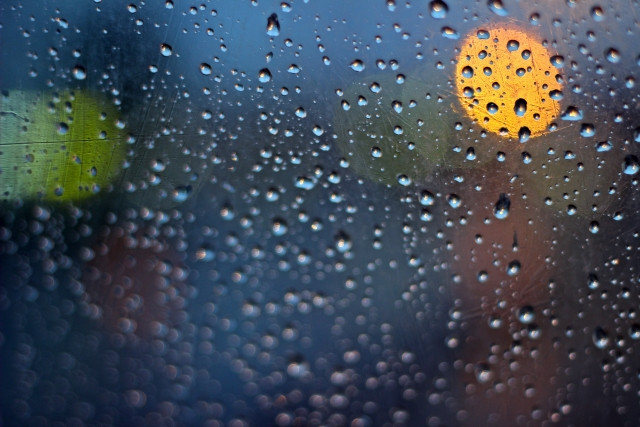
We’ve mentioned Tsuyu a few times above. 梅雨 (Tsuyu) refers to the rainy season in Japan. It can also be read as “baiu”.
If we breakdown the Kanji, we get
-
梅 (ume) meaning “Plum”
-
雨 (ame) meaning “Rain”
雨 (ame), meaning “rain”, makes sense but how does plum come in?
How the Term「梅雨」Came to Be
① The term 梅雨 (baiu) was introduced from China, but came to be read as “tsuyu” since the Edo period. It was also originally written as 黴雨 (baiu), 黴 (kabi) meaning mold, because the rain brings mold. However, because “mold rain” sounded frankly awful, the Kanji was changed to 梅.
② Another possible reason is that the rainy season coincides with the plum season, so why not use the Kanji for plum then - 梅 (ume).
Why read “Tsuyu” and not “Baiu”?
The next question to ask is why did the reading change to “tsuyu” from “baiu”?
The reading “baiu” has not completely disappeared. 梅雨前線 for instance is read “baiuzensen”, meaning “seasonal rain front”.
There are 2 possible reasons for this as well:
① From 露 (tsuyu), the Japanese word for “dew”. Because of the constant rainfall during the rainy season, the trees, flowers, and plants are always wet with dew. 梅雨 (tsuyu) best represents the image of the rainy season in Japan.
② From 潰ゆ (tsuyu), meaning “crushed”. Rain is essential for the growth of plums. At the beginning of the rainy season, plum fruits are still hard, but in mid-tsuyu they would've ripened and become soft enough to be crushed and eaten. 梅雨 (tsuyu) is a time to remember the gift of plums.
Surviving the Rainy Season in Japan
Aside from the obvious rain, humidity and wet-wet-wet, the rainy season can also bring less obvious problems. Namely mold, smelly clothes because they couldn’t fully dry, and even just feeling down in the dumps because of the gloomy weather.
In this part, we will introduce household items and things that will help you make it through Japan’s rainy season.
We included the Japanese terms as well to make it easier for you to find them in Japan, or ask store staff for help.
Rain Goods / 雨具 (amagu)

-
Umbrella / 傘 (kasa) : An umbrella that can withstand strong winds (強風・風に強い / kyoufuu・kaze ni tsuyoi). Even if the weather forecast says no rain on that day, best to bring a folding umbrella (折畳み傘 / oritatamigasa) just in case.
-
Rain Boots / レインブーツ : Rain boots or waterproofed shoes. You can also get waterproof spray (防水スプレー / bousui supuree) to apply on your shoes, bag, etc.
-
Raincoat / レインコート : For when an umbrella is not enough.
-
Bag Rain Cover / バックパック レインカバー : To protect your bag.
-
Umbrella Stand / 傘立て (kasatate) : There are magnet types that can attach to doors.
Laundry Goods
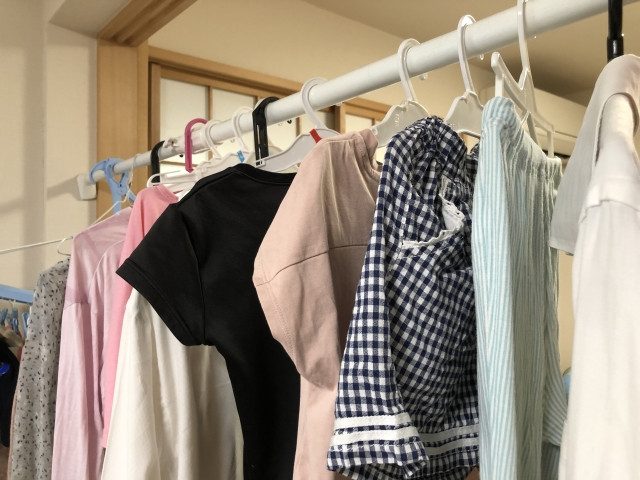
During the rainy season, you will need to hang your laundry to dry indoors.
-
Wall Mounted Clothes Rod / 壁付け物干し (kabetsuke monohoshi) or Indoor Clothes Hanger / 室内物干し (shitsunai monohoshi) : Avaiable in various designs and sizes. The wall mounted ones save on space.
-
Indoor Drying Laundry Detergent / 部屋干し洗剤 (heyahoshi senzai) : Detergent or softener specially developed for indoor drying. Prevents or reduces unpleasant damp smell from indoor dried clothes.
Dehumidifying Goods
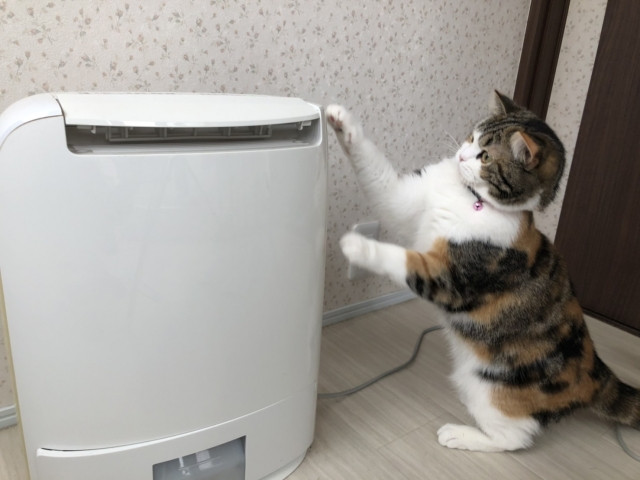
Drying clothes indoors is the norm during the rainy season, this may bring a musty damp smell caused by humidity. Moreover, the humidity may lead to mold problems.
-
Dehumidifier / 除湿機 (joshitsuki) : Absorbs moisture from the air to reduce humidity.
-
Air Purifier / 空気清浄機 (kuukiseijouki) : Removes pollutants like mold pollen from the air.
-
Dehumidifying Agent / 除湿剤 (joshitsuzai) : Widely used in shoe cabinets, sink cabinets, closets etc. Dehumidifying agents that are put in closets are also called “湿気取り (shikke tori)”.
-
Anti-mold Agent / 防カビ剤 (bouikabizai) and Mold Killer / カビキラー (kabikiraa) : Prevents mold growth and kills mold. Used in bathrooms, sinks, and near washing machines.
Having Fun Even in the Rainy Season in Japan
Just because it’s raining or cloudy, doesn’t mean you can’t have fun in Japan. There are some things that can only be done because it is the rainy season!
Teru Teru Bouzu てるてる坊主
Teru Teru Bouzu (てるてる坊主), even the name itself is cute, is a rain charm. It is a fun Japanese custom to make and hang these dolls made of white cloth or paper from the eaves in hopes that the weather will clear up the next day.
Hydrangea 紫陽花 (アジサイ)

Hydrangea are called Ajisai in Japanese. In Japan, hydrangeas start blooming at the beginning of the rainy season, and reach full bloom in mid-rainy season. These beautiful blue, purple, pink, or white flowers are especially enchanting when covered in raindrops and dew. Hydrangeas are the symbolic flower of Tsuyu and shine the best in rain.
There are several popular hydrangea spots in Japan you can visit, but you are sure to encounter some just by leisurely walking around your neighbourhood. Even if the weather is bad, taking a stroll while carrying a cute umbrella and wearing colourful rain boots to enjoy the colourful hydrangeas is sure to lift your mood.
Plum 梅
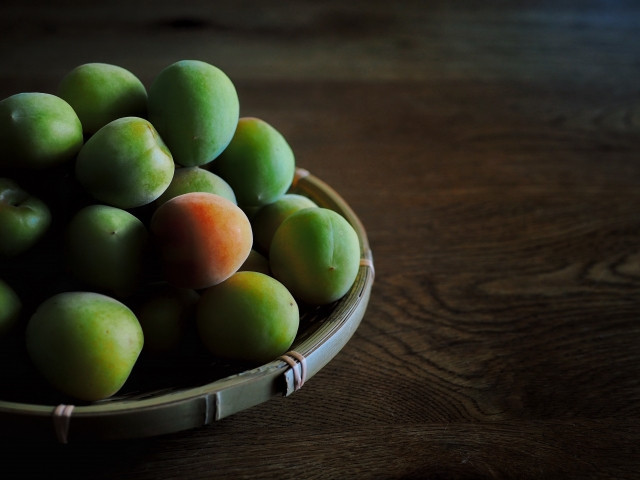
As we mentioned above, the rainy season is also the plum season. Plums are called 梅 (ume) in Japanese, and is one of the Kanji used to complete the term 梅雨 (tsuyu) for “rainy season”. In particular, "入梅 (nyubai)" is one of the seasonal days on the Japanese 雑節 (zassetsu) calendar that marks the changing of seasons. Usually around June 10th or 11th, 入梅 marks the beginning of the rainy season. In Japan, this day is called “Umeshu Day (梅酒の日)” - Umeshu is Japanese plum wine.
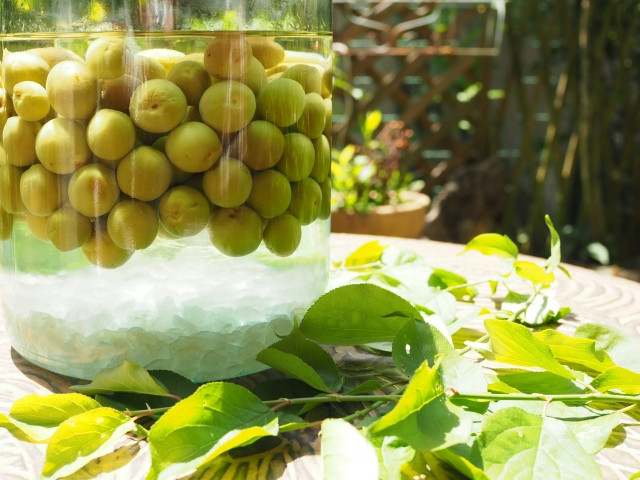
During the rainy season, when it is difficult to go outside, why not try an indoor activity of making umeshu or umeboshi (pickled plum). As the season for plum approaches, supermarkets start selling umeshu making kits. It is a good opportunity to try something new and engage in Japanese customs. Note that in the case of umeboshi, at least 4 sunny days are required to complete the last step - “drying”.
※ The legal age to buy / drink alcohol in Japan is 20 years and above.
Indoor Attractions
The rainy season also makes for a great opportunity to explore Japan’s indoor attractions. For example, aquariums, art galleries, museums, and more. In addition to that, you can also watch movies at cinemas or go shopping in the many malls. There are also shopping malls with indoor attractions so you can kill two birds with one stone. There’s Ikebukuro Sunshine City that contains a planetarium, aquarium, and indoor theme park all in one shopping mall. Others include Sumida Aquarium in Tokyo Skytree, and Maxell Aqua Park that is directly connected to the train station and hotel.
Escape to Another Prefecture
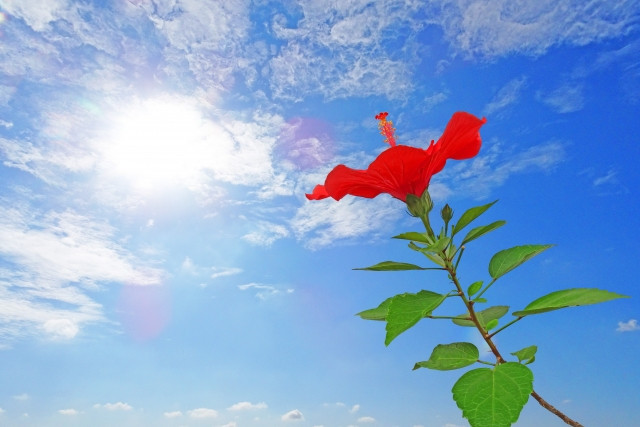
Another option to escape the rainy season is to plan a vacation to a different prefecture. As we mentioned above, Hokkaido does not experience Tsuyu, so why not take the rainy season as an opportunity to visit the prefecture.
Here’s an article to help you out : Hokkaido: Food to Try and Places to Visit






































